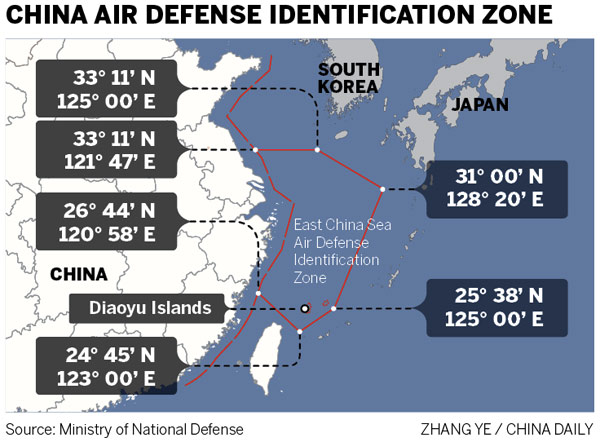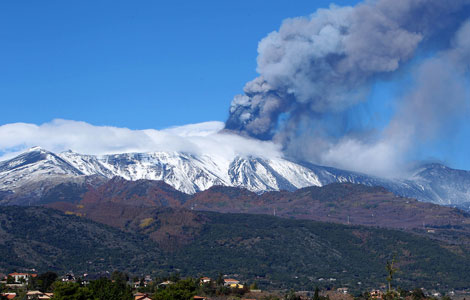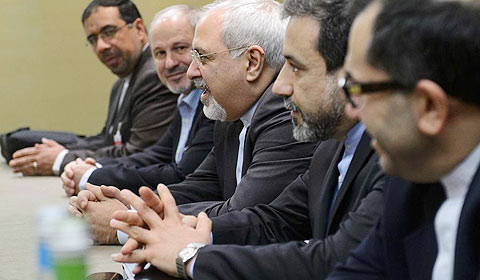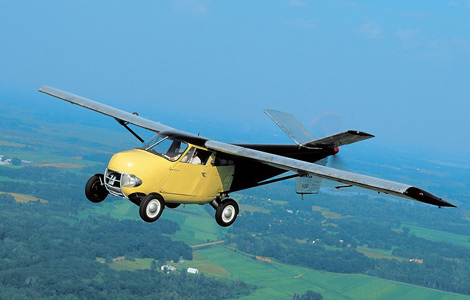

US uses same rules to control all flights nearing its national borders
Analysts have rejected criticism by Washington and Tokyo of Beijing's move to set up its first air defense identification zone, saying its establishment is consistent with international practices and can better safeguard regional flight security.

China announced the establishment of the East China Sea Air Defense Identification Zone on Saturday. The zone covers the US military's training area in the East China Sea, analysts said. Beijing also issued related aircraft identification rules and a diagram for the zone.
"Washington's criticism of China is groundless because the United States itself initiated such zones around the world, according to its domestic laws," Xing Hongbo, a military and legal expert, said on Sunday.
The aircraft identification rules for the zone, which China issued, are also based on similar US regulations, he added.
The US formally defined such a zone in the Code of Federal Regulations, which says, "No person may operate an aircraft into, within, or from a departure point within an ADIZ, unless the person files, activates, and closes a flight plan with the appropriate aeronautical facility, or is otherwise authorized by air traffic control."
"On the issue of setting up such zones, the US is exercising double standards. There is no reason for Washington to blame another country for doing the same as it has done," said Fu Xiaodong, another military and legal expert.
It is in line with international practices to set up such zones according to respective domestic laws, he added.
Since 1950, more than 20 countries, including the US, Canada, Australia and Japan, have set up air defense identification zones. Such zones extend beyond a nation's sovereign airspace.
According to the aircraft identification rules, China will take timely measures to deal with air threats and unidentified flights, including identification, monitoring, control and disposition.
"With the increase of normal and abnormal flights over the area, China needs to set up such a zone to remove possible insecurity factors. The establishment of the zone promotes good flight order in the region," Xing said.
The White House, Pentagon and US State Department all voiced concern over China's move on Saturday, while Japan lodged a representation with Chinese acting Ambassador to Japan Han Zhiqiang, arguing that the zone covers Diaoyu Islands. Han rejected the representation.
The White House said China's move increased regional tensions and affected US interests and those of its allies.
US Defense Secretary Chuck Hagel criticized China's move, calling it a "destabilizing attempt to alter the status quo in the region" and saying it "increases the risk of misunderstanding and miscalculations".
The Diaoyu Islands and surrounding waters belong to China, Xing said. But the US military in Japan frequently uses the airspace over the Huangwei Yu and Chiwei Yu islets of the Diaoyu Islands for training.
The US has also carried out surveillance over Chinese territories for a long time, and the surveillance is taking place from very near to China's territories, according to analysts.
That "makes China feel threatened", Xing said.
"Japan set up its air defense identification zone in 1969 and later expanded the zone several times, including China's Diaoyu Islands into its air defense identification zone," said Fu.
China's zone overlaps with that of Japan, but Fu said China and Japan can sit down to discuss the issue to seek a resolution, adding that it is Japan that refuses to admit that sovereignty over the Diaoyu Islands is disputed.
The US has always said that it does not taken a position on sovereignty issues in regional maritime disputes.
But Hagel reaffirmed in his statement on Saturday that the Diaoyu Islands fall within the scope of the 1960 US-Japan security treaty.
US Secretary of State John Kerry urged China not to implement its threat to take action against aircraft that do not identify themselves or obey orders from Beijing.
The possibility of flight friction exists, but it is not because of the establishment of the zone, Xing said.
"If all parties can coordinate with each other well, the establishment of the zone will help improve flight security in the region," he said.
zhouwa@chinadaily.com.cn







